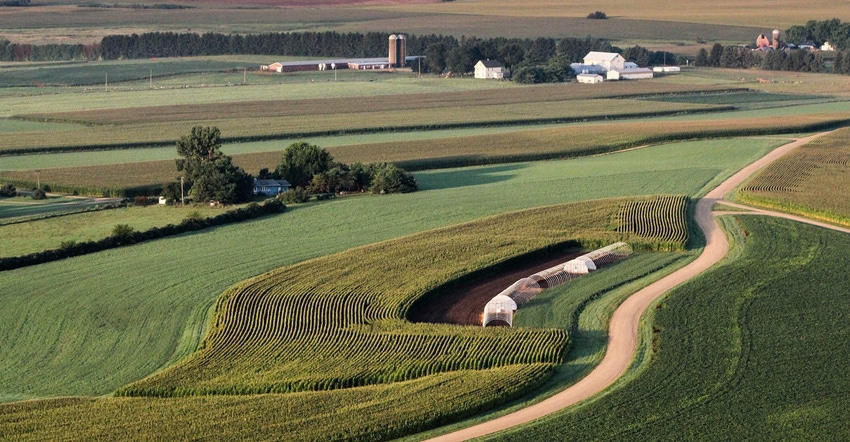January 12, 2022

The new year is here, and it is looking like 2022 will be another year when creating a plan and following through with it will be very important. We are fortunate to live in Wisconsin where the infrastructure is strong and key consultants on our dairies provide us with data to make economical decisions.
The milk price is projected to be higher this year; however, input costs look to be the highest they have been in a couple of decades. This has been in the news for a while and shouldn’t come as a surprise. It is best to take time in the next few months to learn about different opportunities to fine-tune your input costs on the crop side to get the most out of your acreage.
High inputs for feed
The biggest headline has been how much it will cost to grow corn this year. Last year, input costs were $80 to $90 per acre; this year, they could be as high as $200 per acre. When inputs are high, manure becomes a very valuable asset. If your soils allow, haul some manure in the spring.
First, evaluate your current feed inventories. Then have a goal for what you want to achieve in yields, and most importantly, ask yourself: Are the yield expectations realistic? If you fertilize for an unrealistic yield, you may end up overpurchasing and overapplying nitrogen.
Next, look at your soil samples. That information may be the most meaningful tool to provide crop needs for the year. Take corn, for example. The amount of nitrogen available for the plant is influenced by soil texture, timing of manure application, previous growing season and previous crop. Improving the efficiency of nitrogen applications to corn can help not only profitability but also the environment. Consider using the maximize return to nitrogen guidelines to calculate how much nitrogen to put on your crop. Here is a link to an N Rate App for MRTN. MRTN uses the cost per unit of nitrogen fertilizer and an anticipated corn price per bushel to determine the nitrogen rate that maximizes economic return on fertilizer investments. Plus, the app factors in your soil type and previous crop.
Also, think about splitting nitrogen applications so if you have a wet spring, you are not losing the credits from leaching or denitrification. Time the multiple applications in response to weather events, or even take advantage of a pre-sidedress nitrate test. PSNT samples are collected in early to mid-June when corn is 6 to 12 inches tall and about two weeks prior to sidedressing. Samples are taken in the top 1 foot of soil between the rows and should be sent in within 24 to 48 hours after being collected. PSNT can also be used to measure the potential nitrogen tie-up from cover crops.
Avoid overbuying
Before you purchase your spray, fertilizer and chemicals, make note of what you have on hand in the shed and use that up, only buying what you need. Another option is to buy a portion of your needs now, if you can, and the remaining balance in the spring, in case the price goes down closer to planting.
Finally, lean on your advisory team on the dairy, including nutritionists, agronomists, ag agents and suppliers, to explore other ideas. Being prepared with knowledge will make decisions this upcoming planting season easier. Now, fingers crossed for Mother Nature to be kind this year.
Ulness is the Extension ag educator in Manitowoc County, Wis.
You May Also Like




